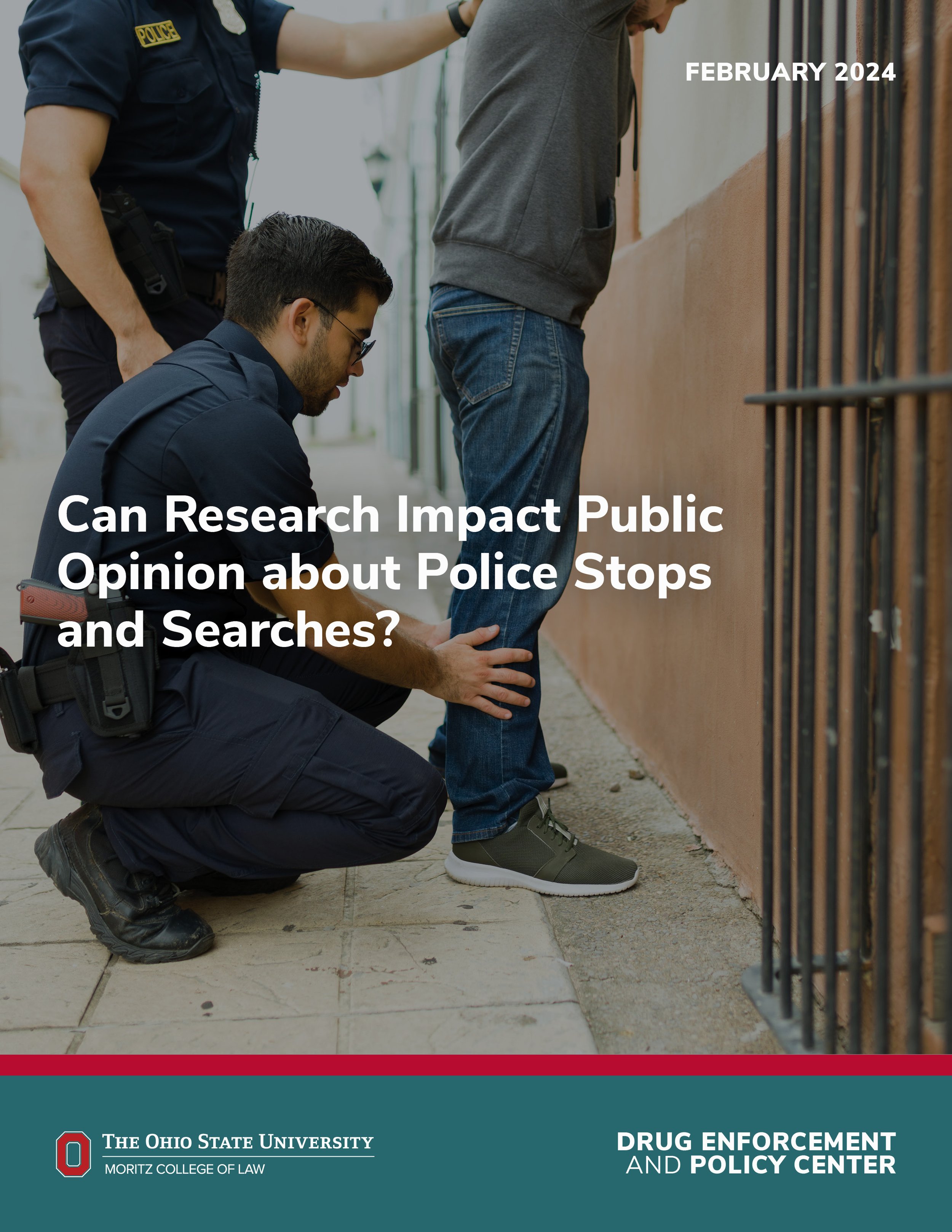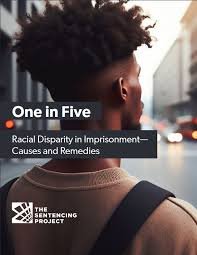By Nanzi Zheng, Karen M. Abram, Leah J. Welty; et alDavid A
Importance Youths, especially Black and Hispanic males, are disproportionately affected by firearm violence. Yet, no epidemiologic studies have examined the incidence rates of nonfatal firearm injury and firearm mortality in those who may be at greatest risk—youths who have been involved with the juvenile justice system.
Objectives To examine nonfatal firearm injury and firearm mortality in youths involved with the juvenile justice system and to compare incidence rates of firearm mortality with the general population.
Design, Setting, and Participants The Northwestern Juvenile Project is a 25-year prospective longitudinal cohort study of 1829 youths after juvenile detention in Chicago, Illinois. Youths were randomly sampled by strata (sex, race and ethnicity, age, and legal status [juvenile or adult court]) at intake from the Cook County Juvenile Temporary Detention Center. Participants were interviewed at baseline (November 1995 to June 1998) and reinterviewed as many as 13 times over 16 years, through February 2015. Official records on mortality were collected through December 2020. Data analysis was conducted from November 2018 to August 2022.
Main Outcomes and Measures Participants self-reported nonfatal firearm injuries. Firearm deaths were identified from county and state records and collateral reports. Data on firearm deaths in the general population were obtained from the Illinois Department of Public Health. Population counts were obtained from the US census.
Results The baseline sample of 1829 participants included 1172 (64.1%) males and 657 (35.9%) females; 1005 (54.9%) Black, 524 (28.6%) Hispanic, 296 (16.2%) non-Hispanic White, and 4 (0.2%) from other racial and ethnic groups (mean [SD] age, 14.9 [1.4] years). Sixteen years after detention, more than one-quarter of Black (156 of 575 [27.1%]) and Hispanic (103 of 387 [26.6%]) males had been injured or killed by firearms. Males had 13.6 (95% CI, 8.6-21.6) times the rate of firearm injury or mortality than females. Twenty-five years after the study began, 88 participants (4.8%) had been killed by a firearm. Compared with the Cook County general population, most demographic groups in the sample had significantly higher rates of firearm mortality (eg, rate ratio for males, 2.8; 95% CI, 2.0-3.9; for females: 6.5; 95% CI, 3.0-14.1; for Black males, 2.5; 95% CI, 1.7-3.7; for Hispanic males, 9.6; 95% CI, 6.2-15.0; for non-Hispanic White males, 23.0; 95% CI, 11.7-45.5).
Conclusions and Relevance This is the first study to examine the incidence of nonfatal firearm injury and firearm mortality in youths who have been involved with the juvenile justice system. Reducing firearm injury and mortality in high-risk youths and young adults requires a multidisciplinary approach involving legal professionals, health care professionals, educators, street outreach workers, and public health researchers.
JAMA Netw Open. 2023;6(4):e238902. doi:10.1001/jamanetworkopen.2023.8902













